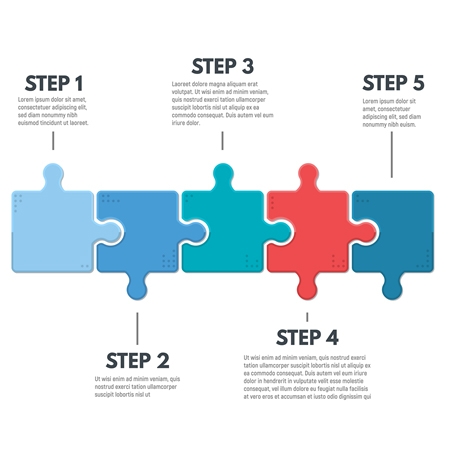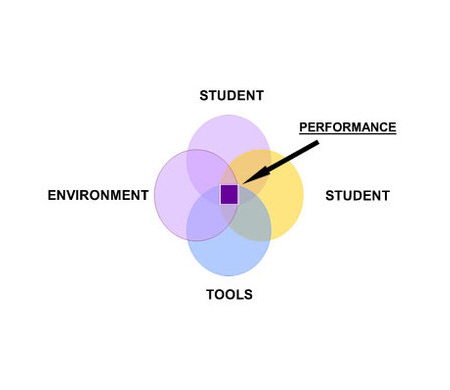 Use a proven strategy.
Use a proven strategy.
There is a proven process for funding a dedicated device for your child through insurance. It is called the SETT process. This process was created by Joy Zabala, Ed.D.
The team for this includes the parents, all school staff involved with the child (speech-language pathologist, occupational therapist and/or physical therapist, and teachers), the doctor, and me as the lead. The parent invites the school staff.
This completed process ensures we select for funding the best possible device, access method, and robust vocabulary. Insurance companies fund devices once every five years. It is necessary to think ahead to predict the child might be in five years and plan accordingly!
 What does SETT mean?
What does SETT mean?
Student (S) – The team gathers all relevant information about the child. This information includes developmental, medical, and educational history/current abilities, all therapies received, including goals and progress, communication approaches tried and results, and the child’s current communication skills.
Environment (E) – We observe the environments in which the child communicates to determine what features are helpful or not to communicate, how the child interacts in those environments, and any current AAC equipment available. Typical environments are the classroom, therapy offices, hallways, specials, etc.
Tasks (T) – The team comes together to discuss the communication tasks the child needs to do throughout the day. What are the things the child needs to communicate? Is he/she is in pain? Why he/she is upset? Is he/she able to make the choices presented? And so on…
Tools (T) – The team pulls together all of the above information (student, environment, tasks). It uses that information to determine appropriate AAC devices, access methods, and robust vocabulary that fit the child. We research those devices are researched and contact the companies for trialing. These may be iPads, dedicated tablets with speakers, or dedicated full computers capable of mounting on wheelchairs for access. Most robust vocabulary software is available for each type of device.
 Collecting information is essential for funding.
Collecting information is essential for funding.
Data needs to be collected for a month to meet most insurance policies. For example, we ask,” How did the child do using each device?” Parents and staff need training on evidence-based practices that facilitate learning to use AAC for the first time. It often takes a shift in perspective on the communicative partners’ parts.
Often, the first device, access method, and robust vocabulary work very well. Other times, experience with the first device leads to a different avenue.
Once we select a device, access method, and robust vocabulary, the lead person writes the funding report encompassing all information.
We forward this information to the device company to submit the request for funding by the insurance company.
Collecting information can also be done with your child’s school team involved, as your county’s Intermediate School District (ISD) has the personnel to do this process with your child’s school team. The AAC team at the ISD’s typically consist of an AAC Specialist/Speech-Language Pathologist who is well versed in the use of AAC, and an AT Specialist who is well versed in access for anyone who needs it, with the AAC population being a section of this population. This person may be an Occupational Therapist by training or someone with a background in education and has become an AT Consultant through coursework. With parent requests and my experience, I able to be part of this process.
Involvement continues after funding and selection of a device.
Once funded, the team assists in the set-up of the vocabulary, access to the device, and training of those involved in the child’s everyday world.
The process is admittedly long. Some hospitals and representatives from companies also fund devices. This process typically involves a “one-time” visit to decide on a device that needs to last your child for the next five years.
A lot can change in five years, and a system needs to adapt to the cognitive growth of your child over this time.
Let’s start developing a strategy for your child.
SETT allows your child to gain the skills he/she needs.
Many feel that it is well worth the time and effort for the next 5 years of successful communication for your child!
Contact me today!

